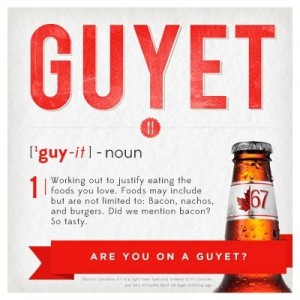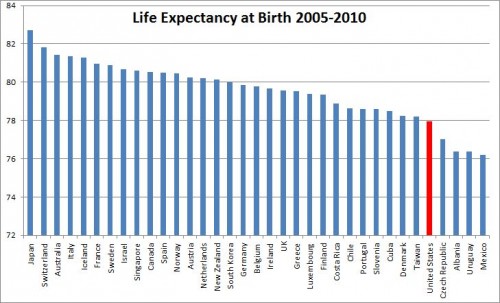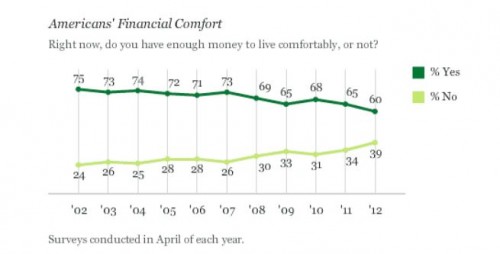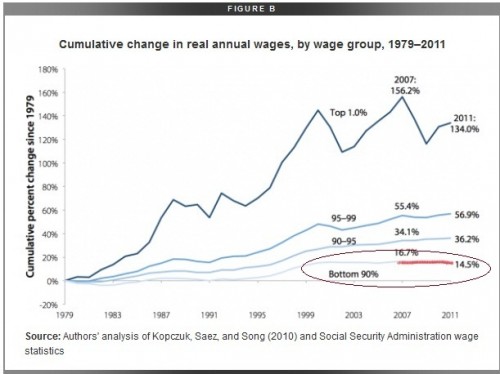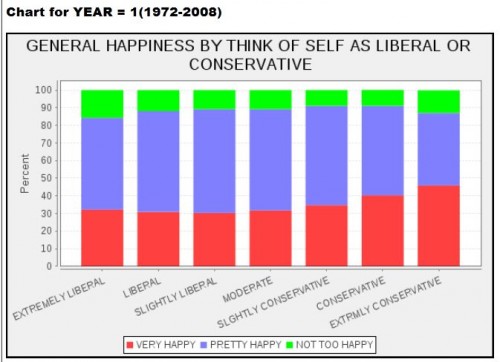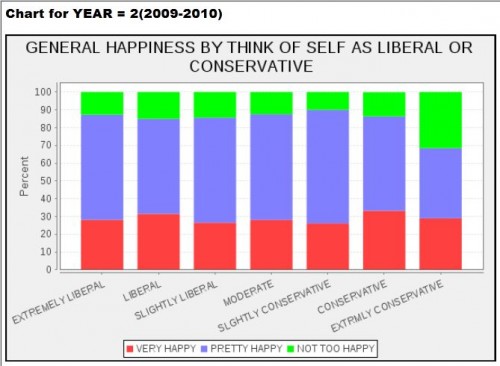An expanded version of this post is cross-posted at Montclair SocioBlog.
Six years ago, I wrote that the Pittsburgh Steelers had become “America’s Team,” a title once claimed, perhaps legitimately, by the Dallas Cowboys.
Now Ben Blatt at The Harvard College Sports Analysis Collective concludes that it’s still the Cowboys:
…based on their huge fan base and ability to remain the most popular team coast-to-coast, I think the Dallas Cowboys have earned the right to use the nickname ‘America’s Team’.
To get data, Blatt posed as an advertiser and euchred Facebook into giving him some data from 155 million Facebook users, about half of the US population. Blatt counted the “likes” for each NFL team:
It’s Superbowls X, XIII, and XXX all over again – Steelers vs. Cowboys. And the Cowboys have a slight edge. But does that make them “America’s Team”? It should be easy to get more likes when you play to a metro area like Dallas that has twice as many people as Pittsburgh. If the question is about “America’s Team,” we’re not interested in local support. Just the opposite: if you want to know who America’s team is, you should find out how many fans it has outside its local area.
Unfortunately, Blatt doesn’t provide that information. So for a rough estimate, I took the number of Facebook likes and subtracted the metro area population. Most teams came out on the negative side. The Patriots, for example, had 2.5 million likes. but they are in a media market of over 4 million people. The Cowboys too wound up in the red 3.7 million likes in a metro area of 5.4 million people.

Likes outnumbered population for only five teams. The clear winner was the Steelers.
Jay Livingston is the chair of the Sociology Department at Montclair State University. You can follow him at Montclair SocioBlog or on Twitter.


